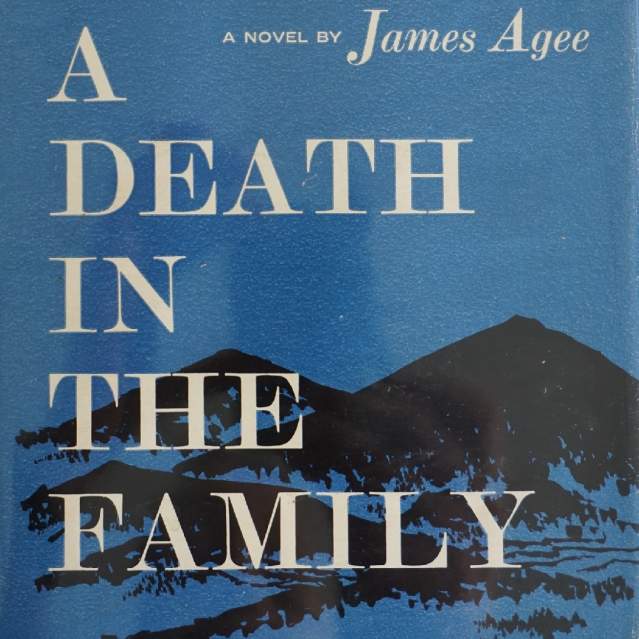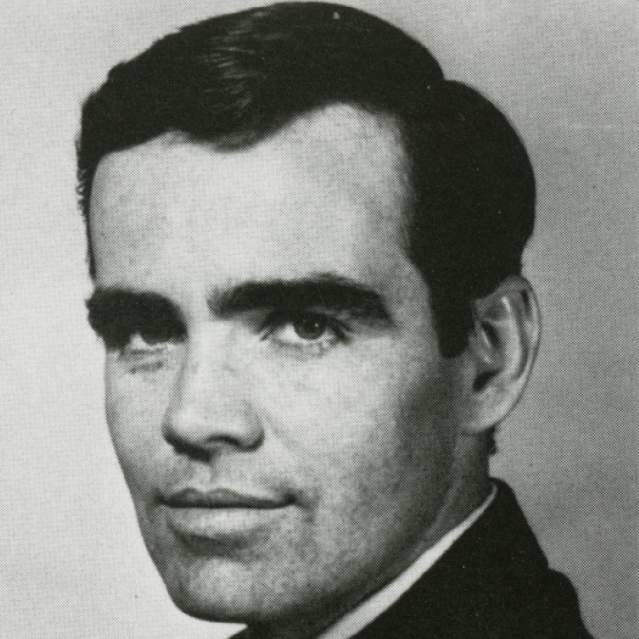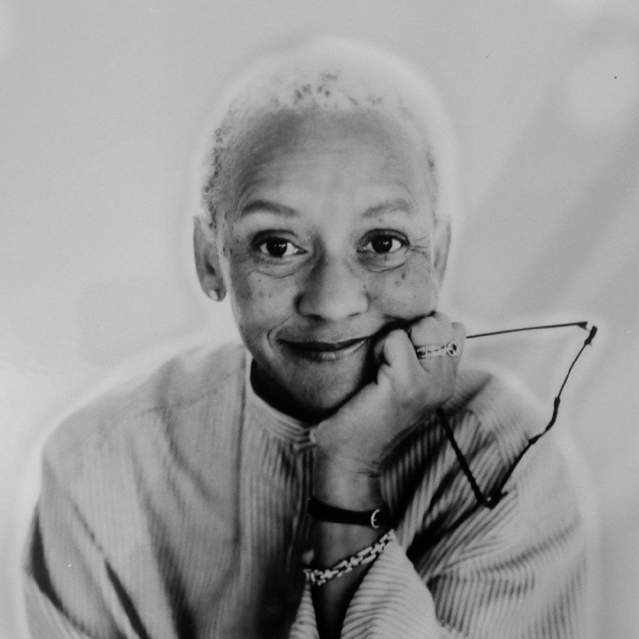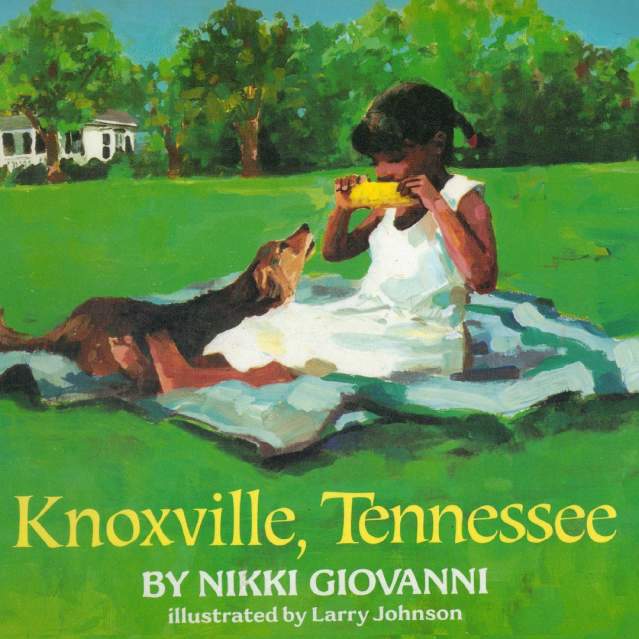Several cities tout their favorite local authors, because people like to see the places they’ve read about in novels. Knoxville has its own literary heritage, associated with nationally well-known books and authors, and a brand-new guide to the city’s notable writers, and the places they wrote about—most of them downtown—is available, free, through Visit Knoxville and a few other spots.
It’s called “Knoxville: A Walking Literary Guide,” and it was published this fall by the Knoxville History Project (in full disclosure, that’s my organization, and we’re proud of it).
Many people may begin with the legacy of James Agee (1909-1955), the remarkable poet, Pulitzer-winning novelist, groundbreaking journalist, and Oscar-nominated screenwriter, whose achievements are all the more remarkable considering he died of a heart attack at age 45. Agee was born and raised in Knoxville, and set his best-known book here, the searingly personal A Death in the Family, which has been in print for 65 years and been interpreted as both a Broadway Play (All the Way Home) and four motion pictures, the first of which, starring Robert Preston as the doomed father, was filmed here. In addition, his short memoir of his youth here, has enjoyed a second life as the text for composer Samuel Barber’s well-known work, “Knoxville: Summer of 1915.”
Although Agee’s birthplace and home is gone, parts of downtown and his home neighborhood, Fort Sanders, are still recognizable.
Agee’s legacy has been attracting pilgrims for decades—even the BBC came here in 1995 to create an audio documentary about Agee that was broadcast around the world (just not in most of the U.S.) and has resulted in local recognitions like James Agee Park in Fort Sanders, a pocket park located about half a block from his childhood home, and descriptive inscriptions at Volunteer Landing and Market Square. You could spend a day walking around downtown and Fort Sanders trying to picture Agee’s youth here.
However, several other authors have emerged in the years since, and they tend to attract loyal followings, too. Cormac McCarthy, another Pulitzer winner, grew up in Knoxville, too, and uses Knoxville settings in some of his early novels, especially the unusual, darkly humorous 1979 novel Suttree, which on one level is a tour through Knoxville’s shadows, during the early 1950s when the author lived here and was beginning to write. Although it’s not a flattering picture of the city, Suttree, which is heavily based on real people and places, makes Knoxville sound fascinating and complicated: “the obscure and prismatic city,” as it’s referred to once in the novel. Literary pilgrims have come from as far away as Australia just to find out whether Knoxville is real. Although most of his novels are set out west, where the author has lived since middle age, he repeatedly makes sly references to Knoxville, as the 89-year-old author does in his 2022 novel, The Passenger.
Few Chambers of Commerce would approve Suttree, which at times requires a strong stomach, but it’s unquestionably a great piece of writing, and one that inspires many people to go out and look around for the places described in the book, several of which remain distinctive. The city named Suttree Landing Park, on the south side where much of the action takes place, for the novel.
Very different is another writer with her own loyal national following, poet Nikki Giovanni, who became the sometimes-radical literary voice of the Black Power movement in the late 1960s, and has remained a popular poet, speaker, and essayist ever since. Although she spent only part of her childhood in Knoxville, she regards it as her hometown, and few or her poems and essays describe local settings, including the early poem, “Knoxville, Tennessee,” which, decades later than its original publication, was colorfully illustrated to become a children’s book. Although most of her neighborhood was erased during Urban Renewal, the site of her childhood home, an easy walk from downtown, is marked with a plaque.
But there are many others, stretching all the way back to Knoxville’s origins as a publishing center, when Knoxville witnessed the first newspaper, first poetry, and first novels in the new state of Tennessee. By the 1850s, Knoxville writers from humorist George Washington Harris to often-outrageous political pundit “Parson” W.G. Brownlow drew a national audience. Meanwhile, the most unlikely Knoxvillian of all—English-born Frances Hodgson Burnett, later famous as author of The Secret Garden and dozens of other internationally popular Victorian-era novels, began her very successful career as a fiction writer in Knoxville in 1868, when she was still a teenager. (Her story sounds almost like one of her fanciful tales, and in fact she wrote it, in a thin disguise, as a fairy-tale memoir, The One I Knew the Best of All.)
Knoxville also has strong connections to other writers, including Tennessee Williams, whose paternal family is buried at Old Gray Cemetery, and Alex Haley, who grew up in West Tennessee and spent much of his life in big cities on the coast, spent his final seven years in Knoxville and Norris, where he kept a farm; Knoxville’s largest statue is the big bronze of Haley himself, seated and reading, as if to children, at Haley Heritage Square, on the northeast side of downtown.
In addition, many writers we don’t think of as Tennesseans had interesting encounters with Knoxville, and they’re included here, too—among them Chicago-bred poet Carl Sandburg, a frequent visitor to Knoxville who wrote a chapter of his Lincoln biography on a borrowed typewriter in a Knoxville newspaper office; novelist Kurt Vonnegut, who took classes at UT during World War II; Jean-Paul Sartre, who stayed here for a week in 1945 and wrote an essay about America for the French press; screenwriter Quentin Tarantino, who was born in Knoxville and often inserts sly references to the city in his movies; and Elizabeth Gilbert, who finished writing her global bestseller, Eat, Pray, Love during several months living quietly at a Market Square hotel.
And a nationally popular series of novels about “The Highly Effective Detective,” Rick Yancey’s humorous but sometimes gritty murder mysteries, Knoxville’s answer to the beach read, might be fun to pack.
You can learn how best to see the Knoxville these writers knew by picking up a free copy of Knoxville: A Walking Literary Guide. It’s all part of the story.













